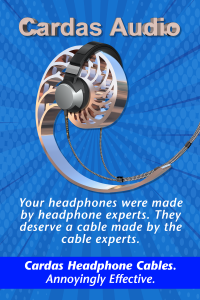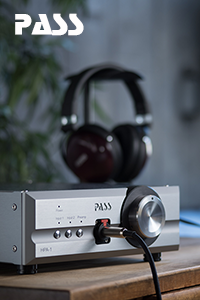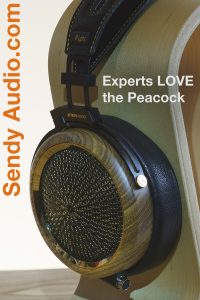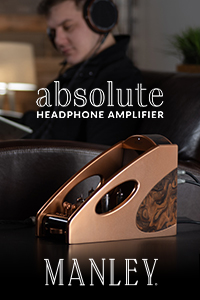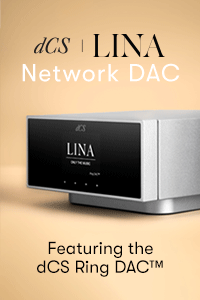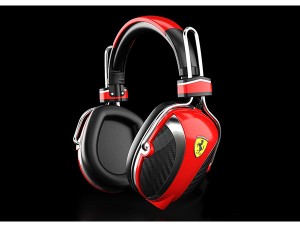
Ferrari P200 Phones by Logic 3
Mike (HiFiGuy) is back with the latest from Logic 3 and their line of Ferrari branded headphones.
The P200 you see here is part of the “Scuderia Ferrari Collection” and is said to be inspired by the the headphones worn by the Ferrari pit crew. Read More >
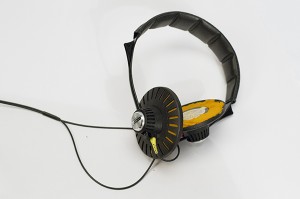
The Sennheiser 424
Remember these?
Maybe you bought a pair of Sennheiser 424s because they were a cool color, or because you liked the light, open, airy feel that they brought to the table, but either way there’s no denying that these phones’ brought about a change from the heavy cans we listened to up until then. Read More >

Sonus faber’s Livio Cucuzza
Livio Cucuzza is no stranger to the world of high end audio.
You probably know him for his recent work with Sonus faber: the recent Amati Futura, Guarneri Evolution, the spectacular Aida and the new entry level Venere line. Read More >
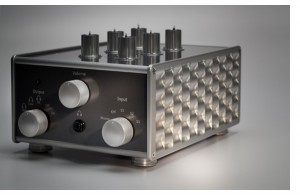
Coffman Labs G1-A Preamplifier
With the renaissance that vacuum tubes have been undergoing for the last decade or so, it’s more challenging than ever to create a tube preamp that stands out from the pack.
So when engineer, musician, physicist and Portland local Damon Coffman told me he designed a new preamp that’s “amazing,” I was a bit skeptical. Read More >

Issue 52
TONEAudio’s Music Annual
By The TONE Staff
A complete list of our record reviews for the past year along with a comprehensive
overview of our concert coverage and artist interviews, with an issue by issue listing
at the end.
Read More >
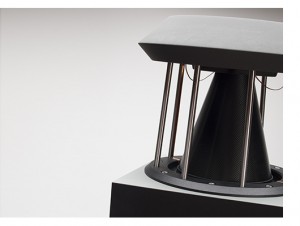
REVIEW: German Physiks Unlimited Mk. II Speakers
We’re kicking off a new format in our Spotlight section, giving our readers a chance to interact with us in the product review, as we provide it in multiple parts.
We begin with the German Physiks Unlimited MK II, their newest speaker offering virtually the same experience as their larger models, with this speaker optimized for smaller spaces. Read More >
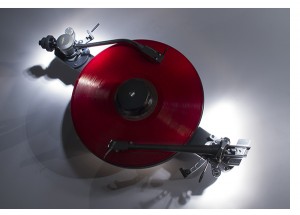
AVID Ingenium Turntable
In the world of racing, lighter is better and anything not contributing to getting across the finish line first is deemed useless, but in the world of turntables mass is usually considered an asset. Read More >
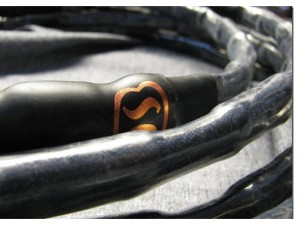
Skogrand SC Markarian 421 Cables
The secrets of the technology behind Skogrand cables seems to be as mystic as Norwegian mythological world and beings.
Mr. Skogrand doesn’t reveal much about the technology implemented. Read More >

CES 2013
According to the official CES website, this was the most highly attended show ever, with attendance over 150,000.
This is quite a jump from when it was only about 110,000 back in 2009, shortly after the economy tanked in the fall of 2008. Read More >

The Kronos Turntable
It’s not every day you get to see something new for the first time, and as a reviewer, so much better when said new component is in a system that you are actually familiar with.
The debut of the Kronos turntable in Montreal just happened to be in a room possessing the same dimensions and orientation of my own, built around a system featuring a pair of Sonus faber Stradivari speakers, all powered by Audio Research Reference components. Read More >
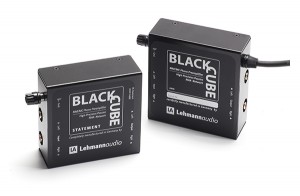
Lehmann Black Cubes
We are working feverishly to sort the differences between the Lehmann Black Cube and Black Cube Signature.
We’ll have firm pricing after CES and a side by side review in the Comparo section of TONEAudio very soon. Read More >
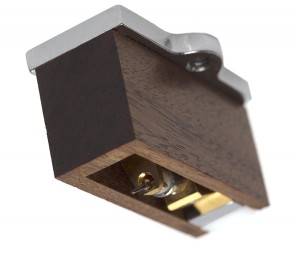
Sumiko Palo Santos Presentation Cartridge
Since many of today’s LPs are mastered from digital sources, many vociferous audiophiles willingly sacrifice dynamics and resolution on the altar of tonality. Yes, the vinyl revolution has an ugly side. Read More >
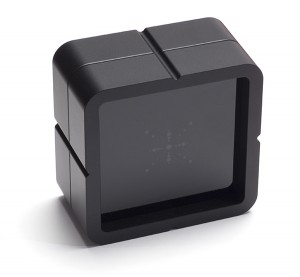
LessLoss Blackbody
As part of our newly formed alliance with Mono&Stereo, writer Matej Isak begins with one of the most controversial products in high end audio today, the LessLoss Blackbody field conditioner. Read More >
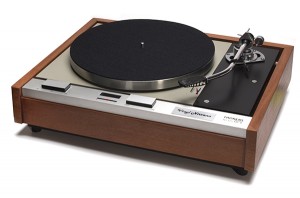
Our Top Nine “UN Awards”
The end of the year always brings award mania.
It’s like the end of your kids soccer season, everyone wants a trophy. Now that our awards have been spoken for, there are still a few things that keep gnawing at me. Read More >
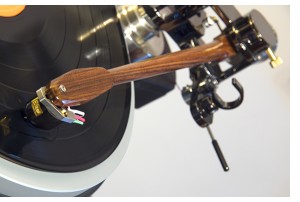
REVIEW: Durand Tonearms – Talea
Listening to Frank Sinatra sing “Stormy Weather,” via the Talea Tonearm, combined with the Miyajima Kansui cartridge and AVID Volvere SP turntable, the utter clarity this combination provides is unmistakable. Read More >
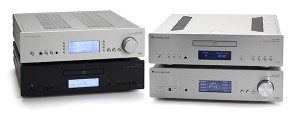
The Latest Flagship Components From Cambridge Audio
No matter what you own, it’s usually unnerving when a “new model” hits the market.
Especially so with hifi gear. And certainly if you just bought the previous model just before the newest, latest, greatest arrives. Read More >

ISSUE 51
Features
995: Sounds that Won’t Break the Bank
AudioQuest’s DragonFly
Blue Aura Blackline Integrated Amp
By Mark Marcantonio
Old School: The Krell KSA-50
By Ken Kessler
Ground Zero: A Quest for the First System
By Jeff Dorgay
Macro: Sound for Small Spaces
AKG K702 65th Anniversary Edition Phones
Logitech UE 9000 Phones
By Michael Liang
Tone Style
The Gorbals Restaruant
By Jeff Dorgay
McIntosh McAire: First Look!
AViiQ Quick Change USB Dock
Angry Birds Star Wars
The Modern Record Console
Revolution Acoustics
The Wino: Champagne!
By Monique Meadows
Music
Current Releases:
Fresh Releases in the Pop/Rock World
By the TONE Staff
Bob Gendron’s Rock and Pop Favorites
The Year’s best audiophile Pressings
The Year’s Best Box Sets
By Bob Gendron
Previews
Light Harmonic DaVinci DAC
AVID Ingenium Turntable
Ortofon Cadenza Bronze MC Cartridge
Bryston BHA-1 Headphone Amplifier
From The Web:
Kronos Turntable
Durand Talea Tonearm
Creek Audio Wyndsor Phonostage
TONEAudio’s 2012 Products of the Year:
Reviews:
Sonus faber Aida Loudspeaker
By Jeff Dorgay
AudioTechnica AT-OC9 III Cartridge
By Tim Moyers
Robert Koda Takumi K-10 Preamplifier
By Jeff Dorgay
VPI Traveler Turntable
By Jerold O’Brien
Totem Acoustic Mani-2 Speakers
By Lawrence Devoe
AMG V-12 Turntable
By Jeff Dorgay
Slummin’
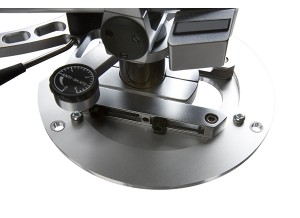
SL-1200 Upgrades: Sound HiFi
Though I am not a huge fan of modded gear, I’ve always appreciated the ingenuity exhibited by the DIY side of the audio world.
Just like my other favorite hobby (automobiles), there is always plenty of room for the wrench turners to coexist with the check writers, and while they always like to banter about whose approach is more pure, the decision to mod is up to you. Read More >
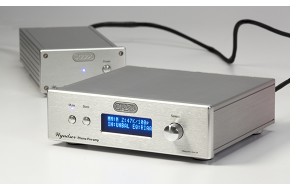
REVIEW: Creek Audio Wyndsor Phonostage
Is it just me, or has it been raining phonostages lately?
It seems as though the vinyl downpour keeps coming, and there are no signs of it subsiding. Vinyl sales were up 37% last year, which is a great thing for vinyl lovers. Read More >
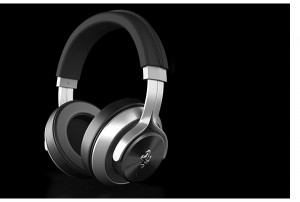
Ferrari Headphones by Logic 3
It just seems appropriate that we launch the headphone review section of Macro, with HiFiGuy’s (Mike Liang) unboxing and initial impression of the new Ferrari headphones, from Logic 3.
Let us know what you think and thanks for tuning in. Read More >
Please note that all TONE and TONE related text and images are copyright © 2005–2025 TONE Magazine and The Audiophile Apartment. The RSS feed provided is for personal, non-commercial use only.
If you are not reading this content in your news aggregator, RSS reader, or direct, then the site you are looking at may be guilty of copyright infringement. If you locate this anywhere, please contact [email protected] so we can take action immediately.




